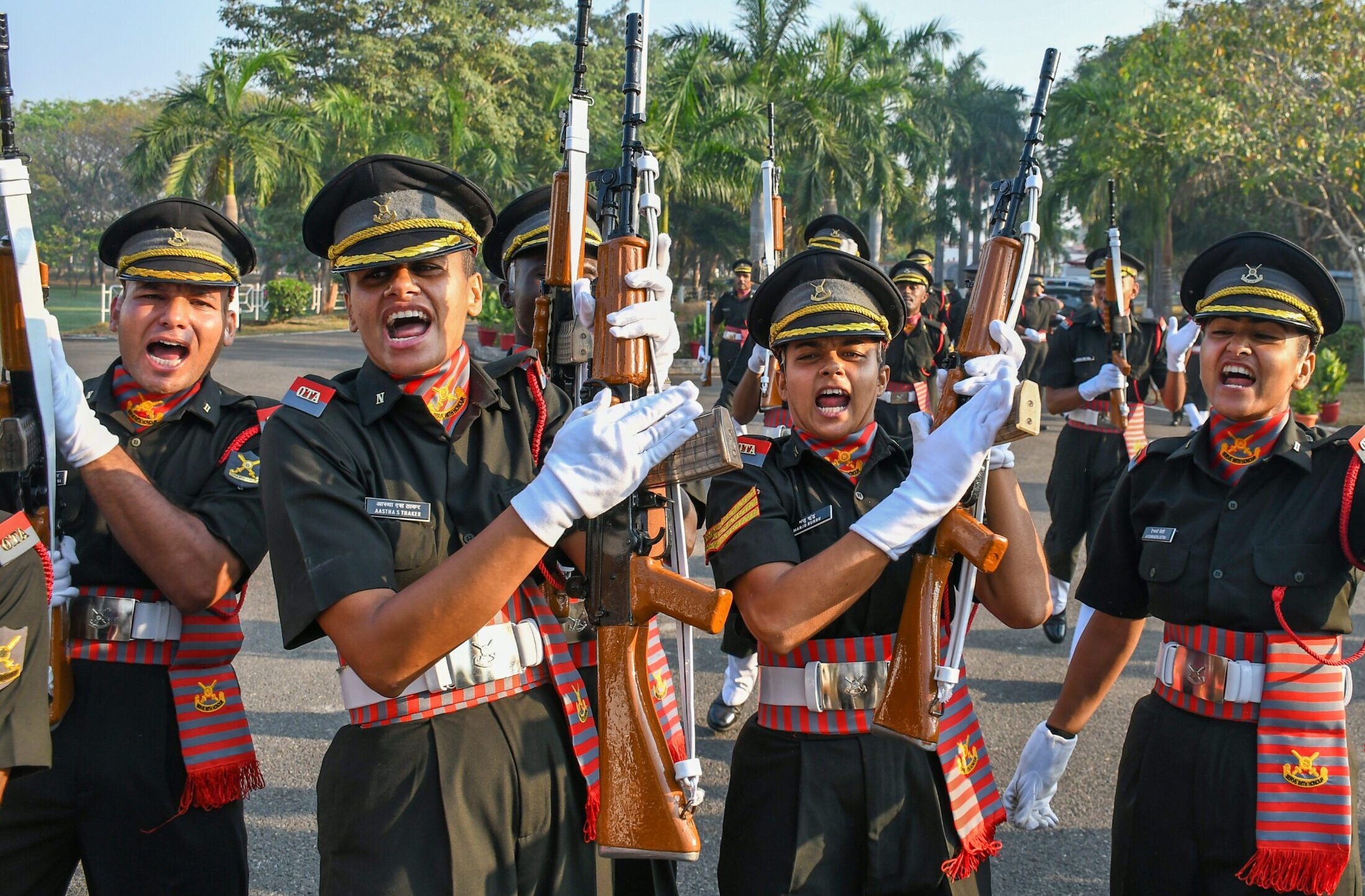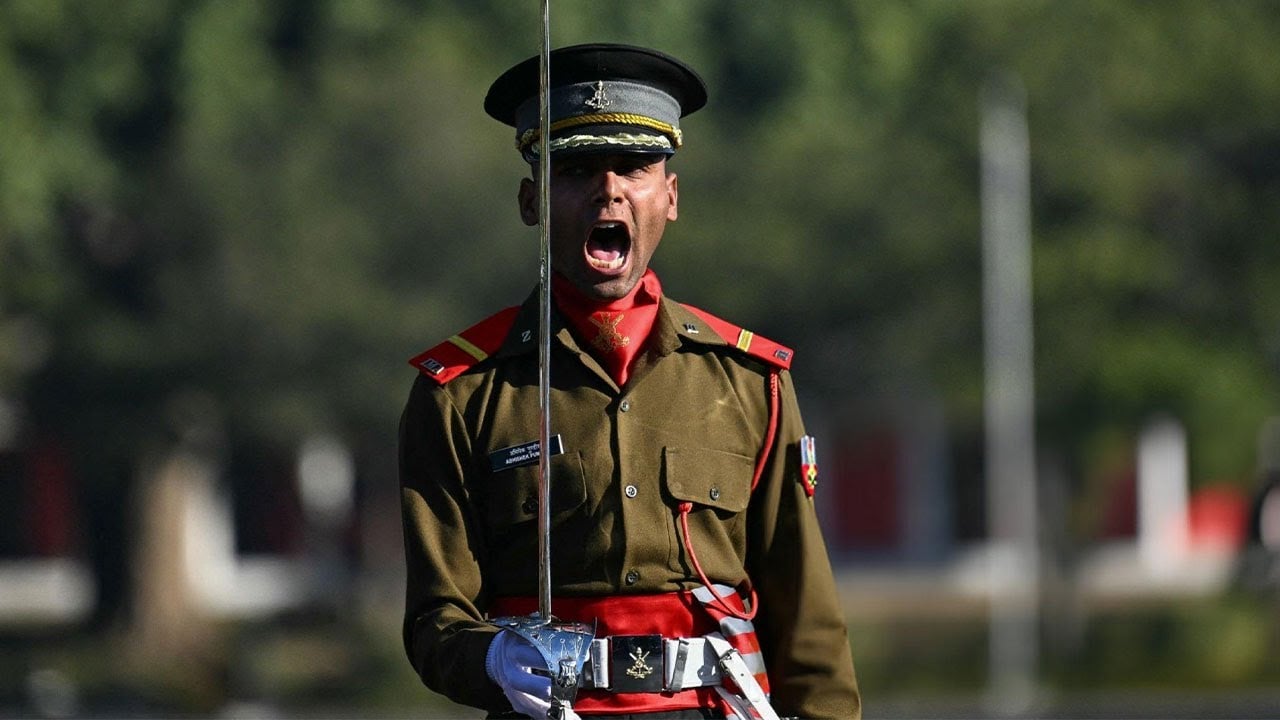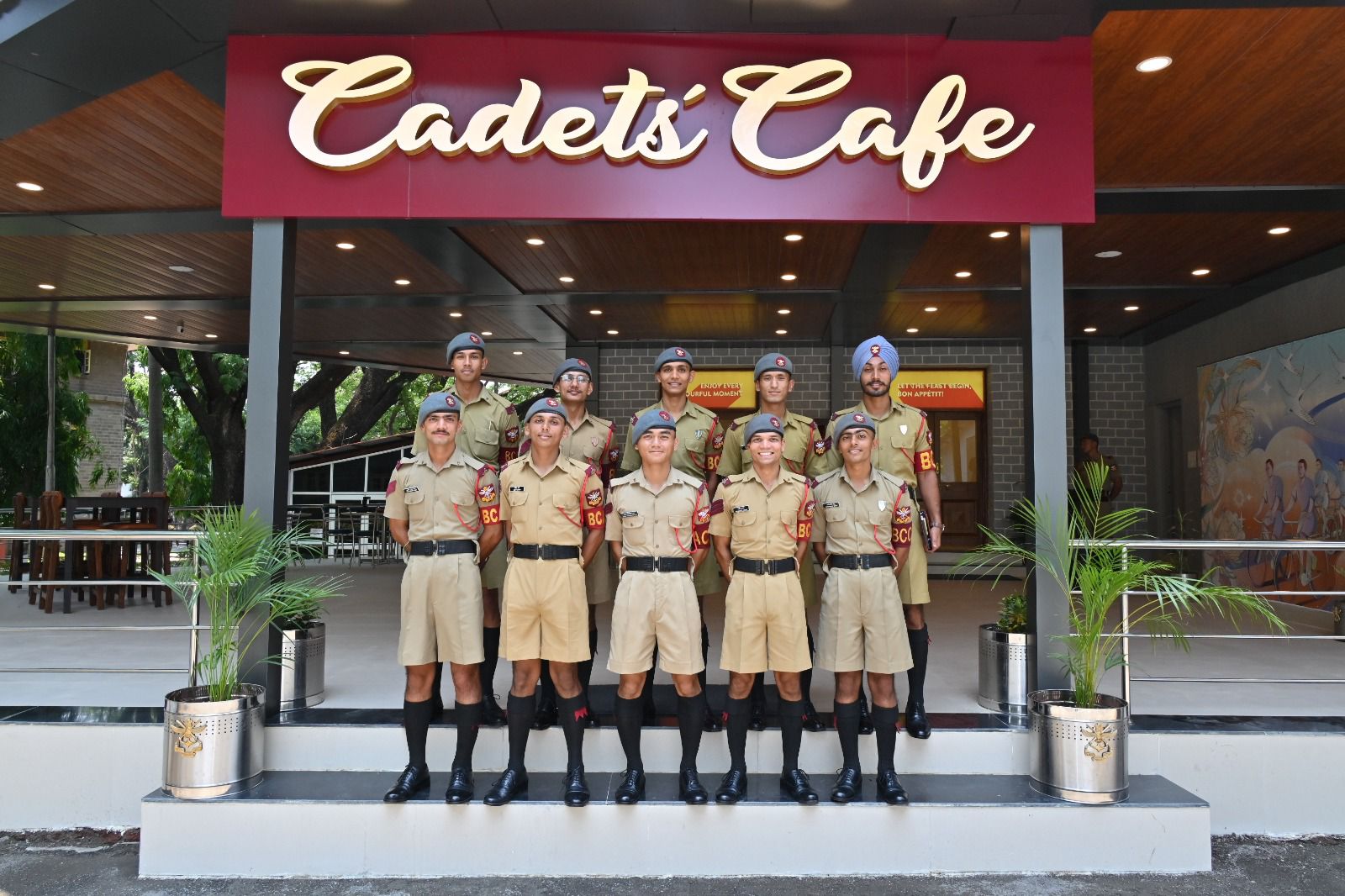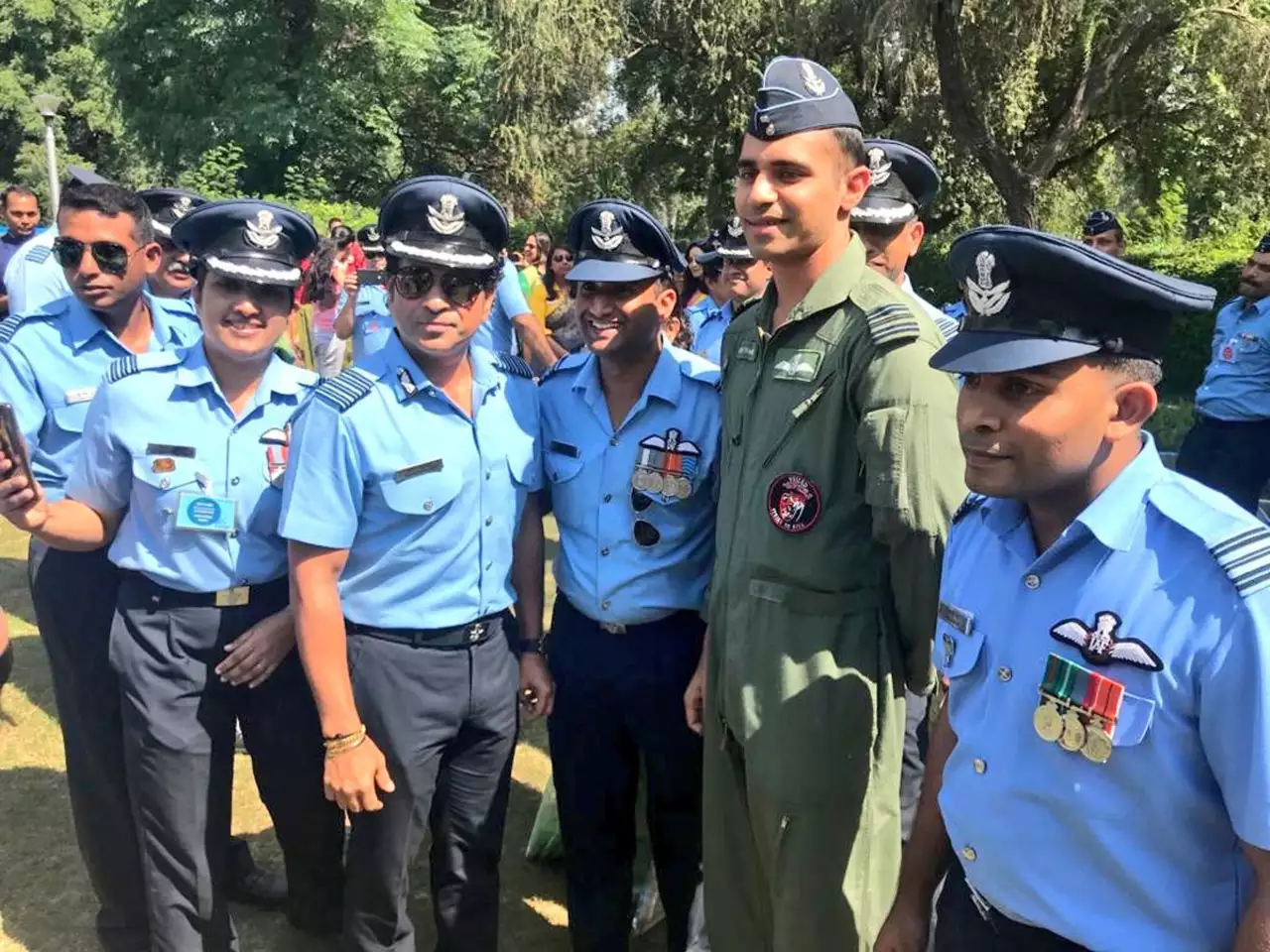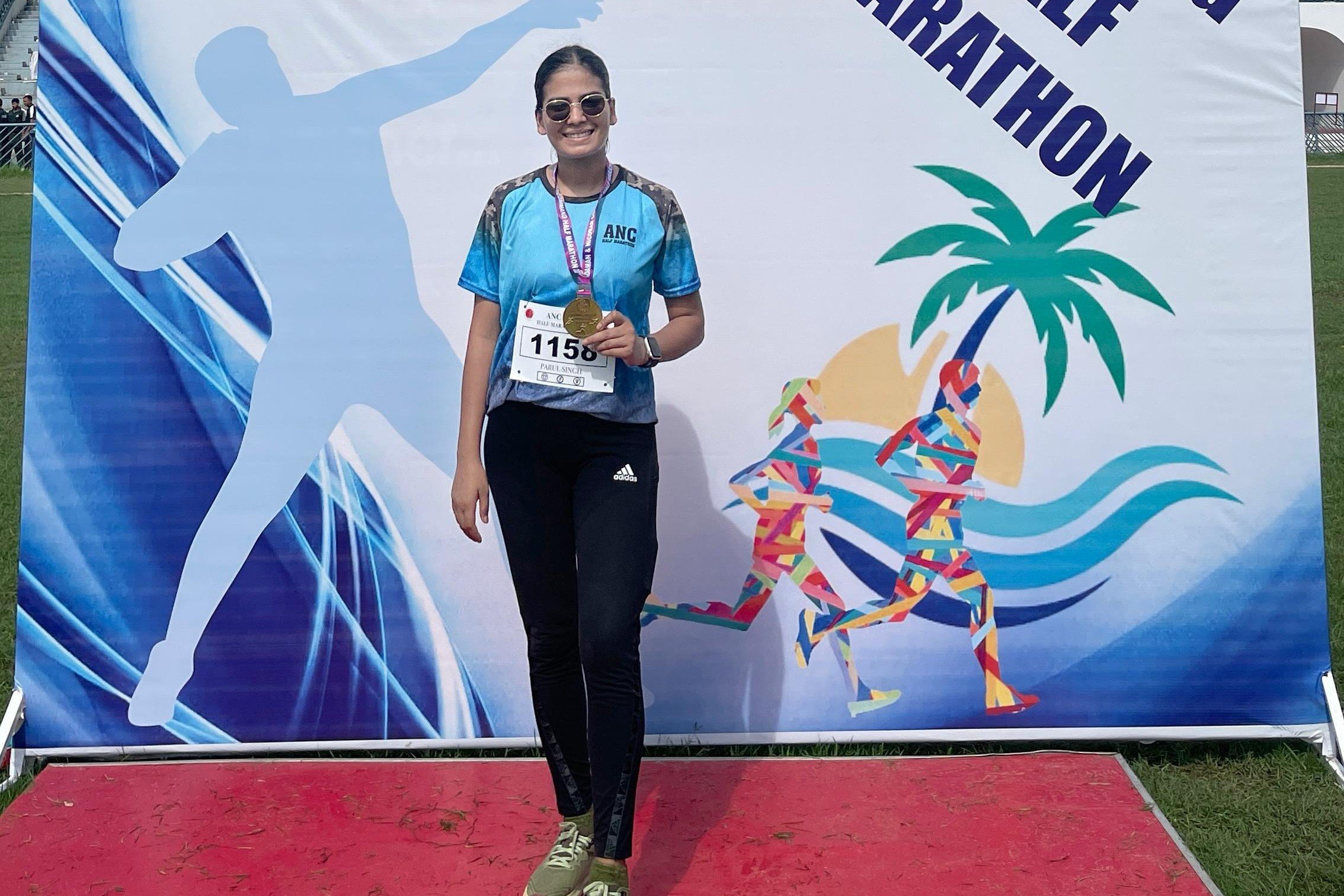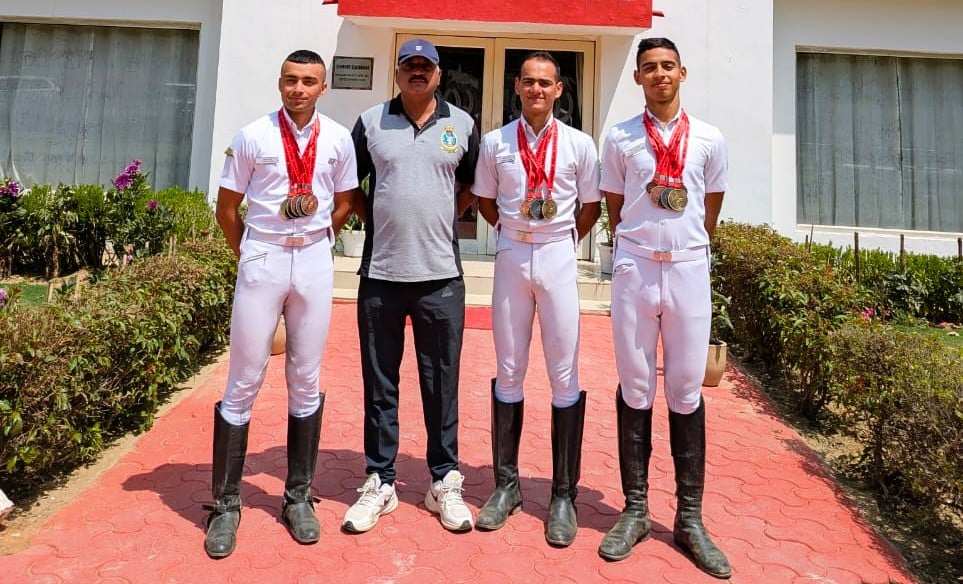SSC Tech 65 and SSCW Tech 36 Cut Off Marks
The Indian Army's SSC Tech 65 and SSCW Tech 36 courses present exceptional opportunities for engineering graduates and widows of…
CDS 1 2025 Cut Off Marks (Expected)
The Combined Defence Services (CDS) examination is a pivotal gateway for graduates aspiring to serve in the Indian Armed Forces.…
NDA 1 2025 Cut Off Marks (Expected)
The National Defence Academy (NDA) examination is a highly sought-after gateway for aspiring candidates looking to join the Indian Armed…
4 Different Ways To Join Indian Air Force As An Officer
Joining the Indian Air Force (IAF) is a prestigious aspiration for many young individuals in India. The IAF offers a…
Lt Parul Singh Secures Second Place at ANC-ANA Half Marathon 2025 in Port Blair
The Indian Naval Academy (INA) proudly announced that Lieutenant Parul Singh clinched second place in the women’s 21.1 km category…
Indian Naval Academy Equestrian Team Shines at Delhi Horse Show 2025
The Indian Naval Academy (INA) equestrian team delivered an outstanding performance at the Delhi Horse Show 2025, securing an impressive…

